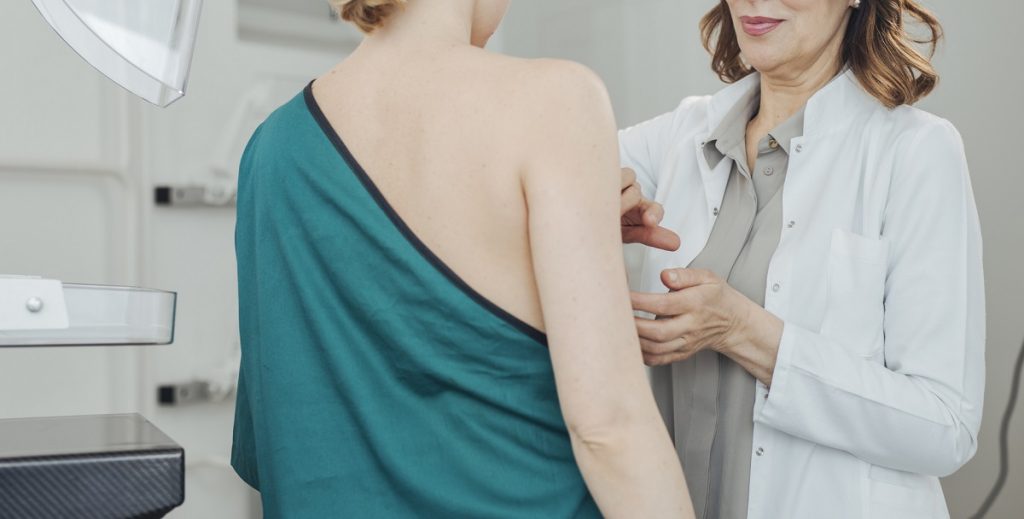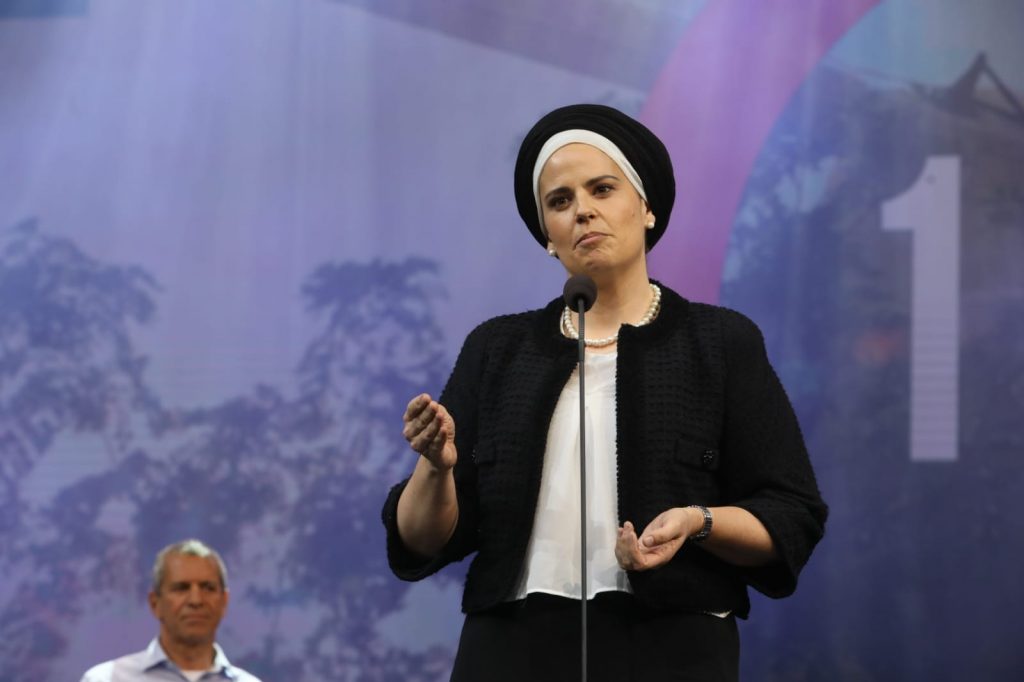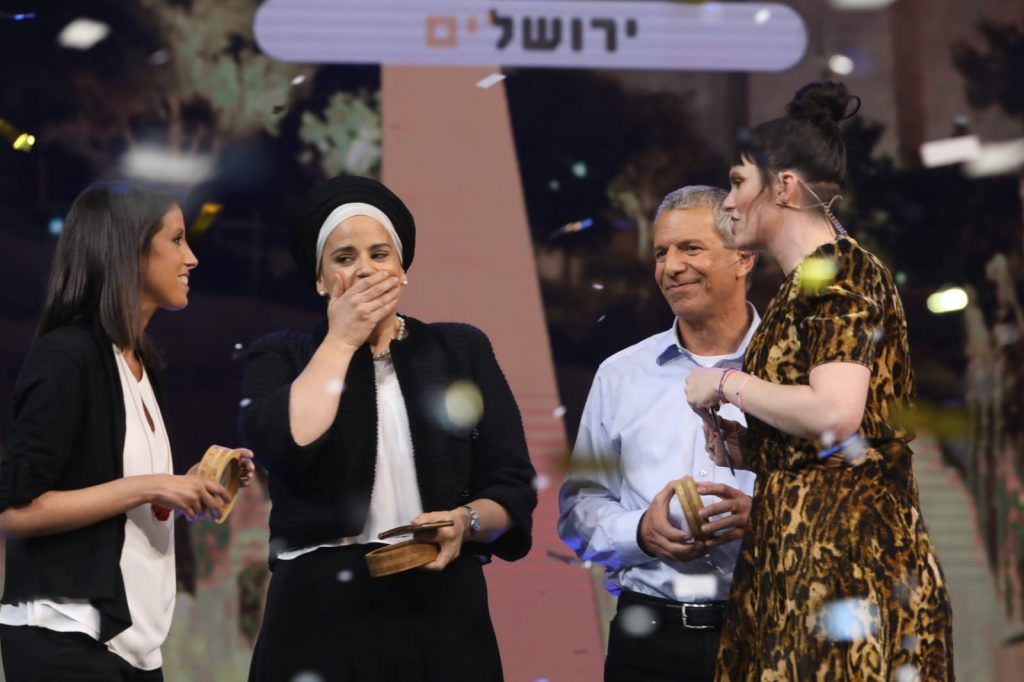Breast cancer is the most commonly diagnosed cancer in women and represents about 12 percent of all new cancer cases worldwide, according to the Breast Cancer Research Foundation. In a report this year by the World Cancer Research Fund, there have been two million cases of breast cancer worldwide so far in 2018.
Early detection of breast cancer greatly increases the chances of successful treatment, and offers the best shot for recovery and survival, according to medical authorities. Regular screenings are an important component of early diagnosis, but screening tools such as mammograms – x-rays of the breast – can be painful, may produce false positive or false negative results, may fail to pick up small tumors in dense breast tissue, and are only recommended annually or biannually to women over 40 years of age.
Mammography screenings, according to the American Cancer Society, do not detect about one in five breast cancers, and other methods can be too invasive, dangerous, or expensive.
Dr. Yehudit Abrams, a former scientist at NASA now living in Jerusalem, came up with an idea for a revolutionary new device that will allow women to test for tumors and other changes in their breast in the comfort of their own homes.
SEE ALSO: Israeli Scientists Develop New Method To Detect Breast Cancer With Up To 95% Accuracy
The handheld device, called MonitHer, is set to bring new hope to cancer monitoring and takes the guesswork and uncertainty out of manual self-examinations that check for abnormalities and changes in the breast. It may well put women and men on a path toward regular, safe, reliable tracking of their breast health.
The first mammogram was given in 1913, “and it’s amazing that over 100 years later, this is still how we are detecting breast cancer,” Abrams says in a podcast published this week on the Jewish Latin Princess, a Jewish lifestyle blog.
Abrams emphasizes that the mammogram is still “the best thing we have” for detecting breast cancer, and says the exam has saved thousands of lives, but there are significant problems that her initiative hopes to address. Mammograms are not detecting some invasive cancers early enough, she says, citing some 260,000 such cases in the US alone. A second issue is breast density; some 40-50 percent of women in the target age for mammograms have dense breasts and the exam may be unreliable. A third challenge is for high-risk women, which Abrams describes as those who have already had breast cancer or other cancers, and who undergo exams every 6 months, “but what happens in between is terrifying…as they live in fear, they are so scared that [about] 20,000 of them remove their breasts unnecessarily” to prevent recurrence. Abrams says there are between three to five million women classified as high-risk in the US. A fourth issue she lists is over-diagnosis, as one in three mammograms returns a false positive result.
“One mammogram every 1-2 years cannot tell the story accurately,” Abrams tells NoCamels in a phone interview. “MonitHer does.”
The technology is based on medical sonography, or ultrasound, which has been found to be better at detecting cancers in younger women under 40 years of age, and those with dense breast tissue.
The handheld scanner is powered by software that combines artificial intelligence and cloud tech to take a number of breast tissue images and upload them online to be looked at by physicians. The whole process takes about 10 minutes.
Abrams says MonitHer is a “whole breast ultrasound device that mimics clinical quality device that we want to bring to the home.” The user gets monthly notifications to perform the ultrasound and the device does a complete scan of the breast using FDA-approved software developed by a Russian-born engineer “that took 20 years to develop,” she explains in the podcast. The software makes “an assessment of the entire breast over time, and when we see a change in the breast anywhere, we alert the user, and then with the click of a button on the app, they can send a secure link to their physician who has immediate access to the historical images of that particular area of the breast.”
The hope, Abrams says, “is that we can catch stage 0 cancer,” which has a 95 percent survival rate, while providing women “the reassurance that we are monitoring them.”
The device is meant to empower women, and physicians to make informed decisions that are not just risk-based, she explains.
From NASA to Jerusalem
Abrams, an Idaho native, converted to Judaism at 18 and moved to Israel, leaving two years later to pursue medical school abroad “because my level of Hebrew wasn’t so good,” she tells NoCamels.
During her medical studies in Prague, she would join summer programs to gain experience in other countries, particularly in developing nations. One program took her to Haiti following a devastating earthquake in 2010 that killed over 100,000 people.
Sign up for our free weekly newsletter
SubscribeHer initial plan was to become a practicing physician and work in such countries in order “to serve.” But a stint at NASA sent her on another path.
As medical school was winding down, Abrams applied to a nine-week NASA program called Singularity University, which provides broad, interdisciplinary exposure to a number of fields including biotechnology and bioinformatics, nanotechnology, medicine, neuroscience, artificial intelligence, robotics, and cognitive computing. With a $25,000 scholarship from Google, she says she got a chance to hear first-hand from tech giants such as Larry Page and Elon Musk as well as a number of top scientists and entrepreneurs.
Abrams then embarked on a two-year post-doctoral program at NASA Ames, a major research center in Silicon Valley, working on medical devices supporting long-duration space missions. She says that her experience in missions abroad, including in Haiti, contributed greatly to her work at NASA, where she “came back with this idea of ultrasounds and what it could provide communities in need”, in an affordable, simple and easy to use way. The requirements are very similar to long-duration space missions, she says.
Soon, her plans to become a doctor drove her forward and she began a residency program, quickly realizing it wasn’t for her. “I had had all this exposure to extraordinary technology and here I was taking orders from attendants who I had no desire…to learn from,” she recounts in the podcast.
After taking some time to be with her young child, which she describes as a pivotal period, Abrams says she returned to the idea of the ultrasound and breast cancer detection, partly inspired by the loss of her cousin several years prior, a breast cancer survivor. The cousin, a gynecologist who was “very passionate about early detection of breast cancer, which is how she found her own,” died in a car accident during Abrams’ time at NASA.
“I realized my own risks for breast cancer as well, and I was very frustrated with the breast self-exam. I felt the exam was so subjective and it needed to be objectified in some ways. Even myself, I am a certified breast examiner and I don’t know what is it that you’re supposed to feel, you just can’t,” Abrams tells NoCamels.
She then began working as a medical director at a startup focused on ultrasound technology to gain experience, but it went under. She returned to Israel last year with her family, setting up shop in Jerusalem.
With almost a decade of experience in ultrasound research, an engineering background, and an international perspective on impactful medicine, Abrams joined MassChallenge, the world’s largest startup accelerator, and then applied for the WeWork Creator Awards late last year.
In June, Abrams bested 10 other finalists to take home the grand prize of $360,000 at the awards in Jerusalem for her innovative idea for the device. MonitHer will be eligible to present at the global finals for the chance to win more funding in January 2019.
SEE ALSO: IceCure Reports Resounding Success Destroying Tumors With Ice In Breast Cancer Trial
But she is quick to emphasize that MonitHer is a very young company, with “just an idea at this point,” but with “an incredible start.”
After the competition, Abrams took on a co-founder, a former CEO of a successful medical device company, whom she calls her “main partner in crime,” and a talented engineer, also a former CEO of a breast ultrasound company, with many years of experience.
MonitHer also has a secondary investor and the startup is busy securing patents, after which it’ll move forward with developing a prototype device.
Abrams estimates a timeline of between three to five years, which is “generally what it takes for a medical device,” she says in the podcast.
She tells NoCamels that moving back to Israel was no doubt the right move to pursue her initiative. Approaching investors as an Israeli entrepreneur, and MonitHer being an Israeli innovation, has been more helpful in getting the recognition she was hoping to get, she explains.
Note: This article was edited to reflect that MonitHer is a tool for monitoring and not screening, which involves diagnosis.
Related posts

Editors’ & Readers’ Choice: 10 Favorite NoCamels Articles

Forward Facing: What Does The Future Hold For Israeli High-Tech?

Impact Innovation: Israeli Startups That Could Shape Our Future






Facebook comments